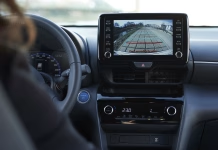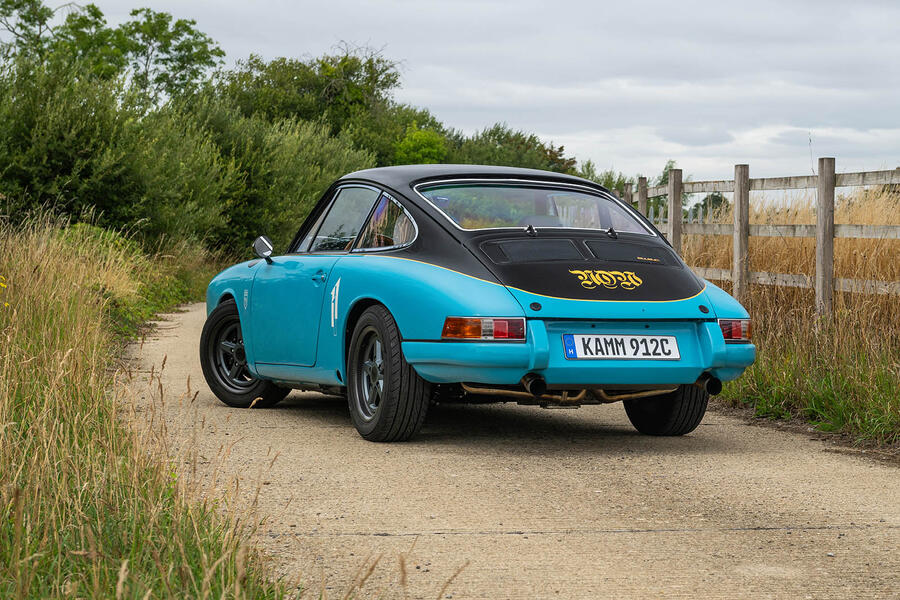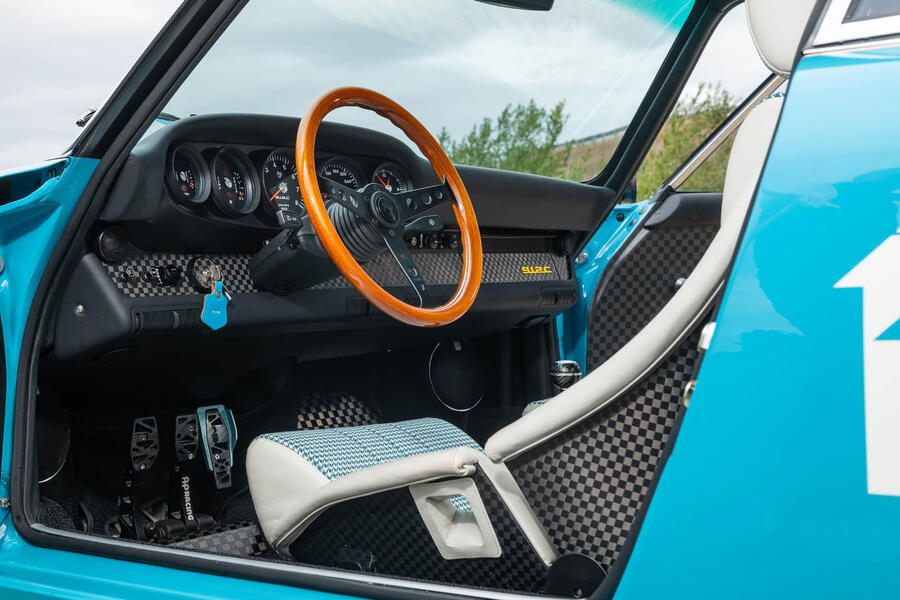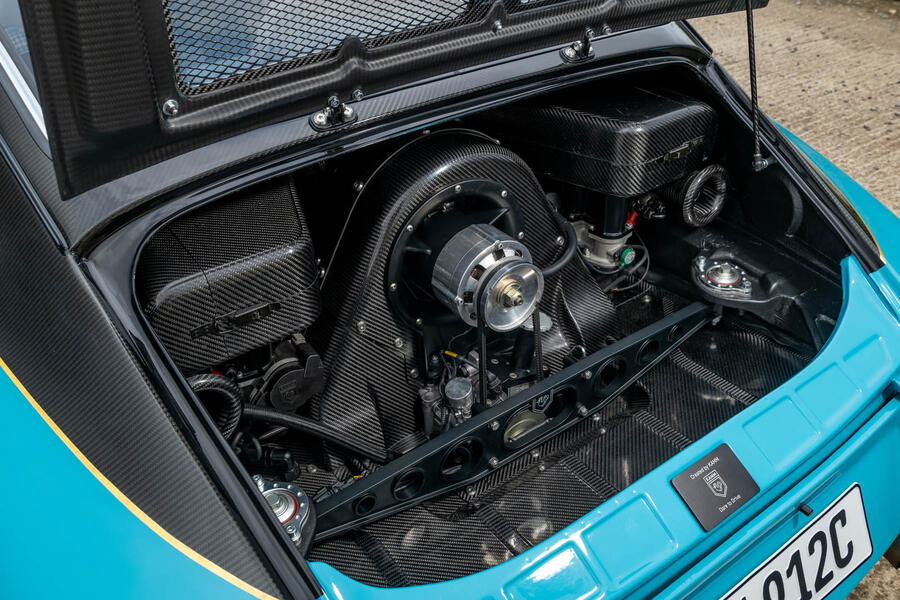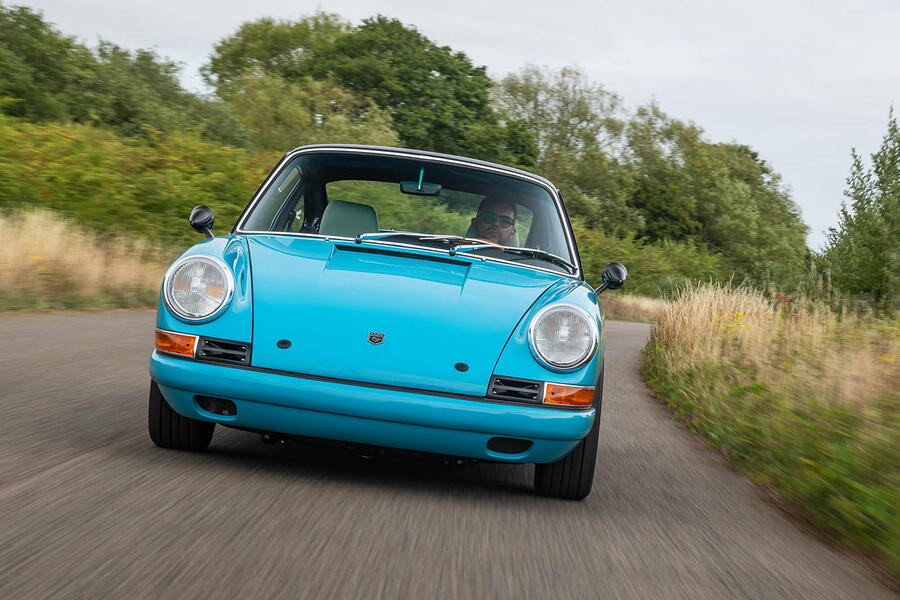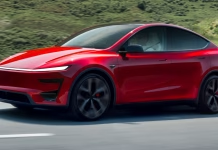The Surprising Science Behind MotoGP’s Backwards-Spinning Engines

The Lost Origins of Aston Martin: Uncovering the First Legendary Car

Why Backup Cameras Are Essential for Safer Driving in Today’s Larger Cars
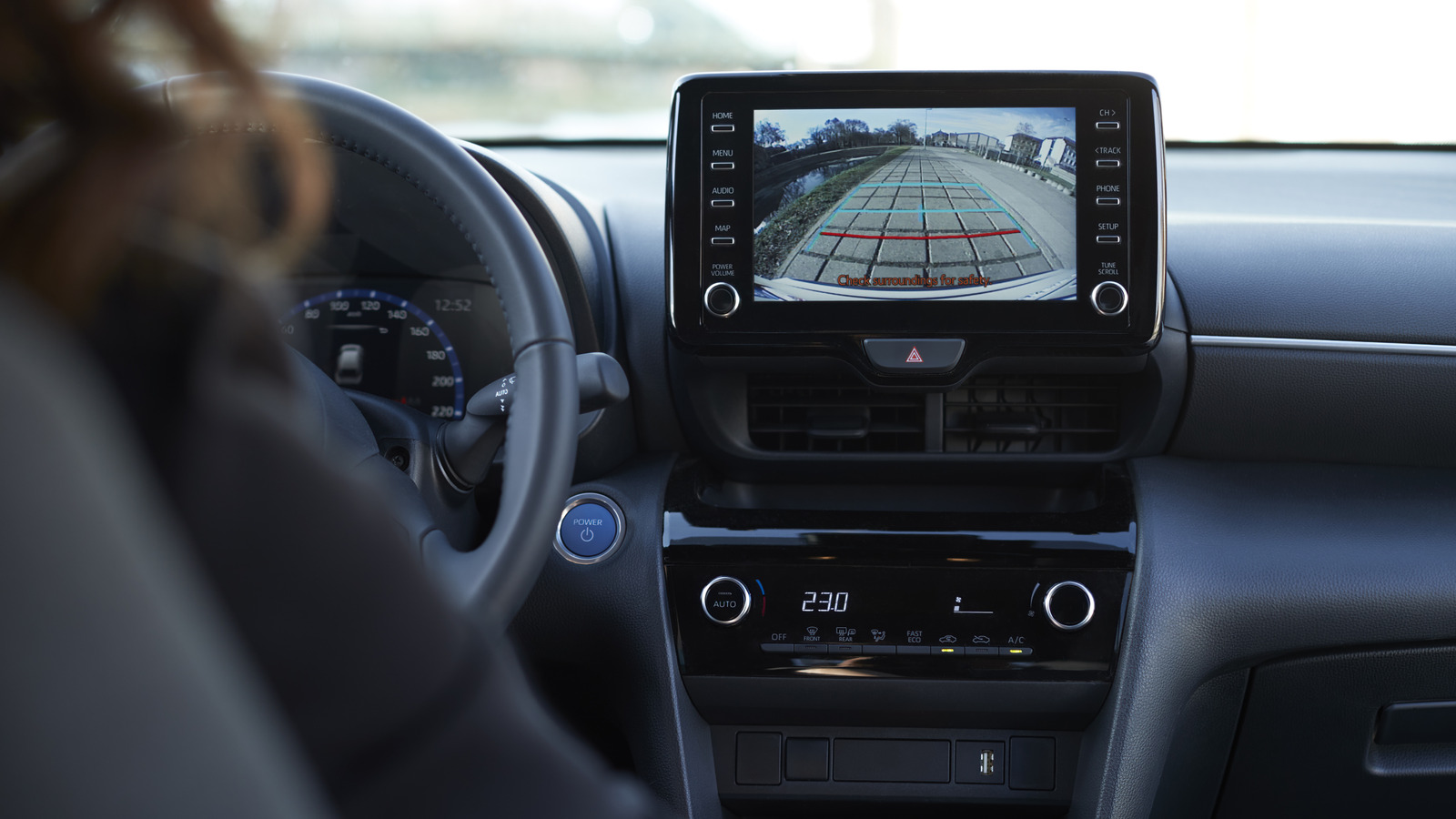
Boeing’s Ambitious 1973 Vision for an Airborne Aircraft Carrier

Why the New Model Y Performance Fails to Spark Excitement
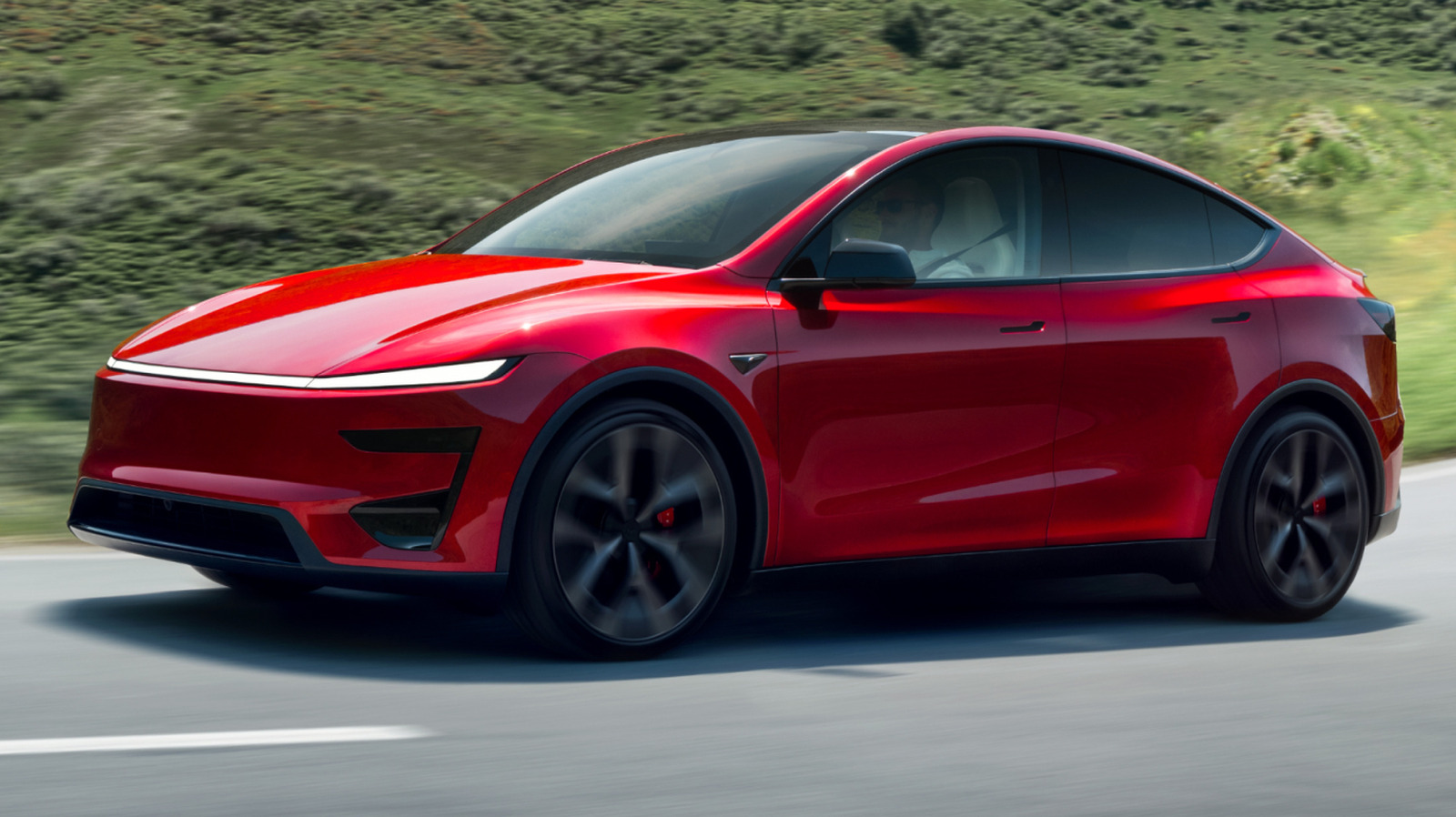
Discover Ireland’s Untamed Roads Where Driving Dreams Come Alive
 Empty roads free of average-speed cameras? You need to head west to Ireland
Empty roads free of average-speed cameras? You need to head west to Ireland
We’re all guilty of it: cooing over glass-smooth Alpine passes and stretches of notionally empty autobahn while failing to appreciate that some of the planet’s most captivating roads lurk on our doorstep. No, not J1-J2 of the M1 at 3am: Ireland.
Going for a spin in England and Wales purely for the thrill, joy or hell of it has become a faff. (I’m excluding Scotland here because, in general, it’s still superb.) With 40 million licensed vehicles out there, the sheer volume of traffic is problematic.
Then there’s your friend and mine, the Jenoptik Vector P2P. These lurid yellow, high-resolution average-speed cameras are not only commonly seen on the motorways but are now increasingly dotted along some of our country’s most scenic routes.
I’m not condoning speeding here; what I’m saying is that it’s damned near impossible to enjoy the ebb and flow of a good road when you are under constant scrutiny, which is distracting even when you’re not driving in a manner your mother would disapprove of.
As for potholes, we have plenty of those, but they’re a universal evil. On a recent US launch, one of Bentley’s comms chaps rued the fact two hugely expensive 23in rims ‘wouldn’t be coming home’. This on day one of a three-week event.
So, Ireland – both Northern and the Republic of. My eyes were opened to the delights of the latter in 2018 on the launch of the tweaked Mazda MX-5 (when the 2.0-litre engine went to 7000rpm). The back roads of Fermanagh (and of Leitrim and Donegal just over the border) were close to the Platonic ideal of a B-road.
They were well sighted despite their teasing, undulating, rollercoaster topography. They were well surfaced. They had really great rhythm. And they were quieter than expected. Google tells me England’s population density is 434 people per square kilometre.
That figure is 141 in Northern Ireland and 77 in the Republic (both are lower than that of Wales, too). So whoever it was in the Mazda press office that made the call to head west instead of to Spain or Sicily, well played.
Recently I found myself back in Ireland, this time bound for the south-west, in a personal capacity – a prenuptial rendezvous in delightful Dingle, home of Fungie the dolphin who lost his pod and an implausibly large number of drinking establishments.
Most of the guys turned to Michael O’Leary to get them to Limerick and ended up hiring Hyundai Tucsons from there. With the new BMW M4 CS in for its road test that week, and in on-brand green, fate was a bit kinder to me. I collected a friend who lives in Pembrokeshire and we took the ferry to Rosslare.
We made for Killarney the day before the official itinerary commenced. This gave us time to explore the Ring of Kerry and experience for ourselves what are supposed to be some of the most heavenly roads in all Ireland – and, we therefore surmised, the world.
Needing to get to Dingle by lunchtime, we chose our route carefully. Naturally 542bhp and an effective four-wheel drive system wouldn’t hurt, but going full Paddy Hopkirk wasn’t really why we were there.
After waking everyone at our B&B with that unmistakably nasal, impatient M-car cold-start idle, the following morning we left Killarney and traced the N71 south-west through the Middle Earth landscape between Muckross Lake and Looscaunagh Lough (if nothing else, you have fun wrapping your tongue around the names).
The M4 CS moves well for a big beast but, really, this is Caterham Seven country. Then it was the rugged, rallying mecca that is Moll’s Gap (named after the landlady who ran an unlicensed pub when the road was being built in the 1820s) and onto the R568 before we joined the flowing N70 as it meets the coastline before Caherdaniel.
Here the BMW was much more at home and poised through third-gear sweepers, but the real star was the breathtaking backdrop where Ireland meets the Atlantic. It’s a rival for the Hebrides.
Instead of completing the northern coast of the Ring, we cut inland at Waterville (if you need breakfast, hit the Beachcove Café) and wove our way up the Ballaghisheen Pass before heading north-west and onto the Dingle peninsula. Dingle itself sits on the south side of this spit of land, and the N86 is pleasant enough and will get you there pretty quickly.
Far better, though, to head to Stradbally and tackle what was once the most famous rally stage in Ireland, the Conor Pass, although it hasn’t been used for competition since the 2004 Circuit of Kerry Rally.
It’s the high point of our little tour, literally and figuratively. This wild corner of Ireland really does deliver.
Bentley’s Bespoke Revolution How Customization is Shaping the Future of Luxury Cars
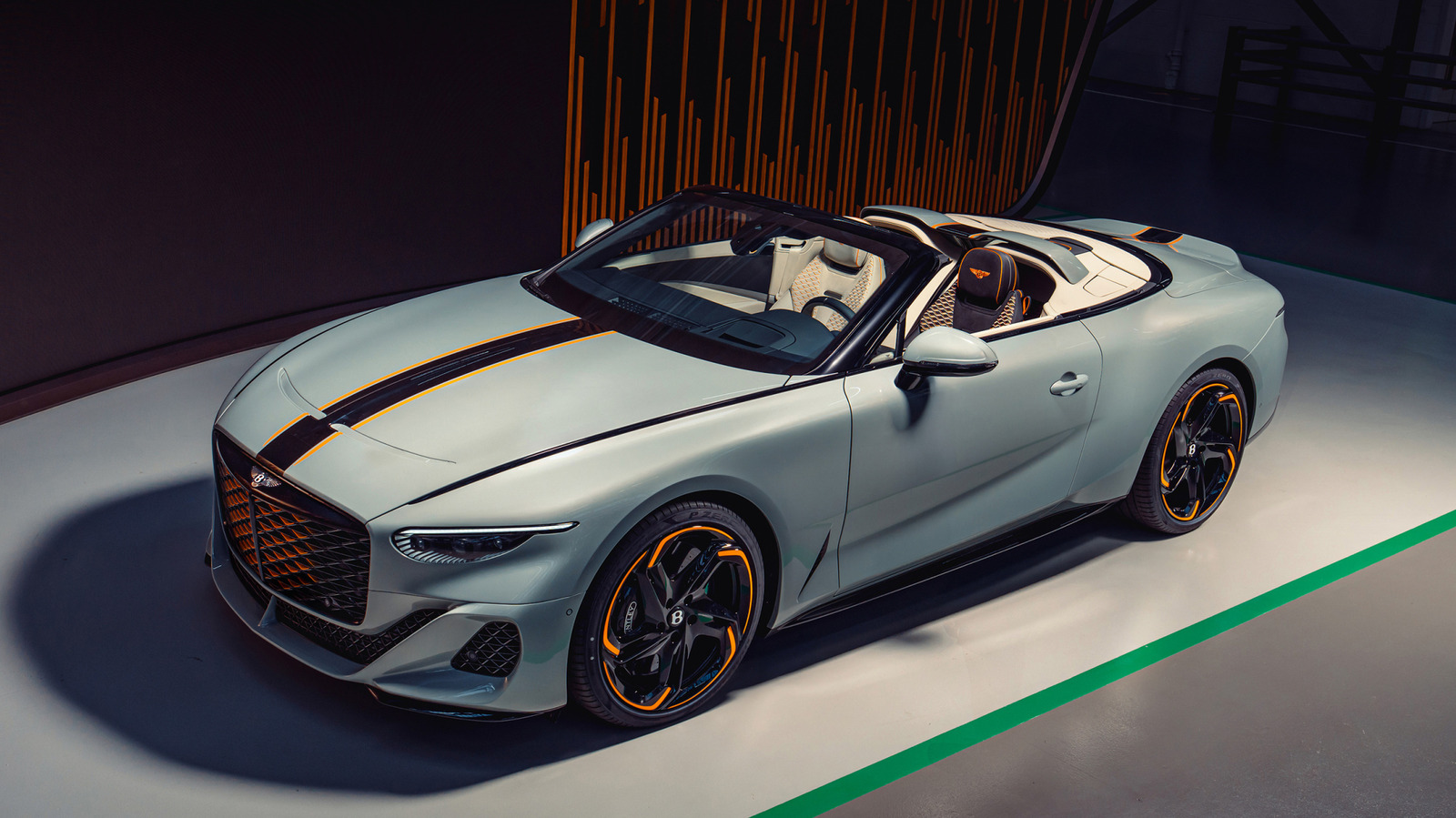
Own a Legendary MotoGP Ducati and Ride Motorsport History
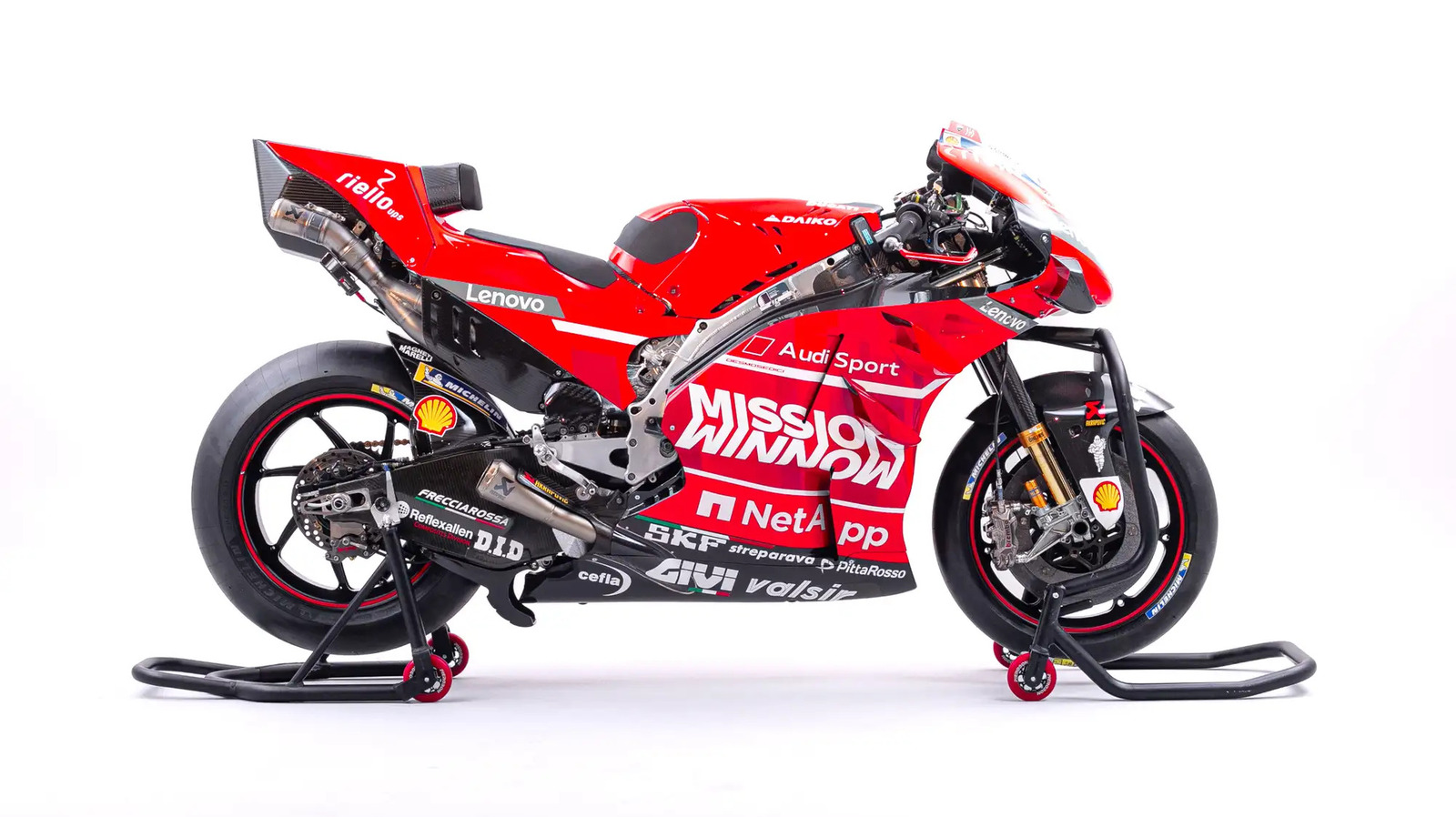
A Decade After Dieselgate How One Scandal Changed Cars Forever
 September 2025 marks a decade since Dieselgate broke – and its impact continues to ripple through the industry
September 2025 marks a decade since Dieselgate broke – and its impact continues to ripple through the industry
“I was sitting on a plane on a Friday night, waiting to take off at Heathrow ahead of a weekend away, and my mum texted me: ‘Does this thing happening in America affect you?’ To be honest, I was in the dark like everyone else. I didn’t really think about it on the flight. Then over the weekend, things developed quite quickly.”
Ex-Volkswagen UK boss Alex Smith, now chairman of dealer group Lookers, is recalling the very start of a scandal that began to break a decade ago next month: Dieselgate. The fines, firings and fixes are well documented, but what impact has it left on VW, the wider car industry and the black pump?
To deal with the last point first, the scandal hasn’t quite killed off diesel in the UK but it’s close enough. In 2015, some 1.2 million new diesel cars were sold here; in 2024, it was just 123,000.
Philip Nothard, insight director at Cox Automotive, expects that decline will continue and diesel will account for just one in 50 new car sales in 2028. “In 2015, there were around 3220 diesel models [on sale in the UK]. By 2024, that number had fallen to just 220,” he adds.
Perhaps the decline of diesel was inevitable anyway, with the imminent rise of EVs. But the scandal did hasten investments in EVs, which in hindsight were far away from marketreadiness, VW’s included.
With Dieselgate still front of mind, many car makers spent the latter part of the 2010s pledging to be selling only EVs by as early as the late 2020s, yet now the mood is such that not only are end dates no longer being pledged but investment in ICE tech is continuing. Pragmatism has emerged.
However, VW’s actions meant car makers lost clout with legislators in having a say in what they are allowed to sell and for how long. Trust had been eroded.
As for the effect of Dieselgate on the wider industry, SMMT chief Mike Hawes recalls how even by the middle of the first full week, phase two had begun: “I jumped on the tube at 7am to get to St Pancras, and by the time I popped up, I had missed calls from the BBC, Sky, the Financial Times. I thought: ‘It’s not going to be a good day, is it?’ It [the narrative] morphed into ‘if one of them [car makers] was cheating, they were all cheating’. It absolutely kicked off.”
Other car makers were dragged into the scandal and some were indeed caught fitting test defeat devices. Mercedes-Benz was the next most high profile after VW, settling in 2020 with the same California Air Resources Board that kick-started the events in 2015. Others were investigated without claims being proven. This was not a scandal isolated to VW, even if it bore the brunt.
VW is now a very different company in how it looks and presents itself, yet it can’t fully escape Dieselgate. In its financial results reports always sits this footnote: ‘Before diesel expenses.



